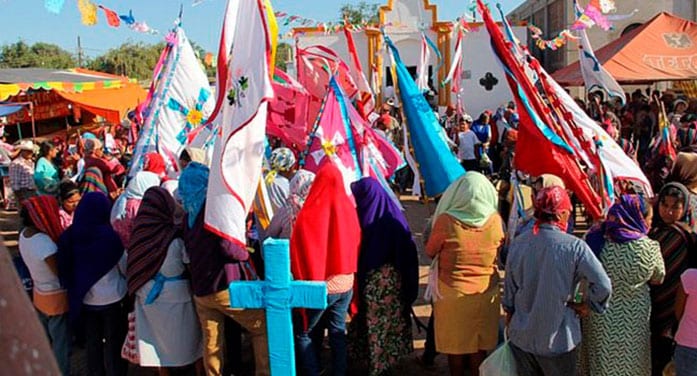 “Amen and awoman.”
“Amen and awoman.”
This was how a U.S. congressman concluded a prayer recently in the House of Representatives. No doubt he meant to be inclusive of both men and women.
Reading Time: 3 minutes
However, he sounded ridiculous. That’s because the word “amen” comes from Hebrew and means “so be it.” Amen has nothing to do with gender.
This embarrassing error leads to an important question: How did North American society reach a point of such widespread ignorance about a word commonly used to end prayers in both Judaism and Christianity?
The answer is that religious ignorance is on the rise. Many people know next to nothing about major world religions such as Hinduism, Buddhism, Judaism and Islam. They have no idea why Muslims fast during Ramadan or why Hindus celebrate Diwali.
Even our society’s dominant religion, Christianity, is commonly misunderstood. Few people can outline the key differences between Roman Catholics and Protestants, and they would be hard-pressed to explain the significance of Pentecost in the history of the church.
It’s not hard to see why this is a problem. Ignorance is the surest path to misunderstanding. And if it is not addressed, misunderstanding quickly descends into intolerance and hatred.
As Canada becomes more culturally and religiously diverse, it’s important that people learn about other religions. One of the best ways to do that is by taking a world religions course in high school.
To be clear, a properly designed course doesn’t proselytize students, nor does it promote any particular religion. Rather, it exposes students to a variety of perspectives and helps them understand where other people are coming from.
For example, students who learn about the history of Islam, explore the Five Pillars of Islam and have an opportunity to visit a mosque are far less likely to assume that all Muslims are terrorists. Accurate information is the fastest way to dispel harmful stereotypes.
The good news is that World Religions 40S is offered in many Manitoba high schools. I was part of a team of teachers who helped develop and pilot this course. So far, it has been a huge success.
One thing I’ve noticed in teaching this course is that students are interested in learning more about other religions. They recognize that they need to have a better understanding of their co-workers, friends and neighbours.
Learning about other religions helps to take away the fear of the unknown. When you have a basic understanding of world religions, you’re far more likely to have positive interactions with people from these different faith traditions.
This affects all of us. No matter how culturally homogenous someone’s home community might be, anyone who visits a shopping mall will quickly see that religious diversity is a permanent reality.
Fortunately, most students are excited to learn about people who are different from themselves. Taking a world religions course in high school helps them get accurate information in a safe and supportive learning environment. Other provinces would do well to follow Manitoba’s example and make a world religions course available to their high school students.
Religious ignorance is a major problem in our society. Learning about world religions in school is a great way to combat ignorance and promote understanding.
Surely, we can all say a hearty amen to that.
Michael Zwaagstra is a public high school teacher, a senior fellow with the Frontier Centre for Public Policy, and author of A Sage on the Stage: Common Sense Reflections on Teaching and Learning.
Michael is one of our Thought Leaders. Why aren’t you?
For interview requests, click here. You must be a Troy Media Marketplace media subscriber to access our Sourcebook.
The views, opinions and positions expressed by columnists and contributors are the author’s alone. They do not inherently or expressly reflect the views, opinions and/or positions of our publication.

